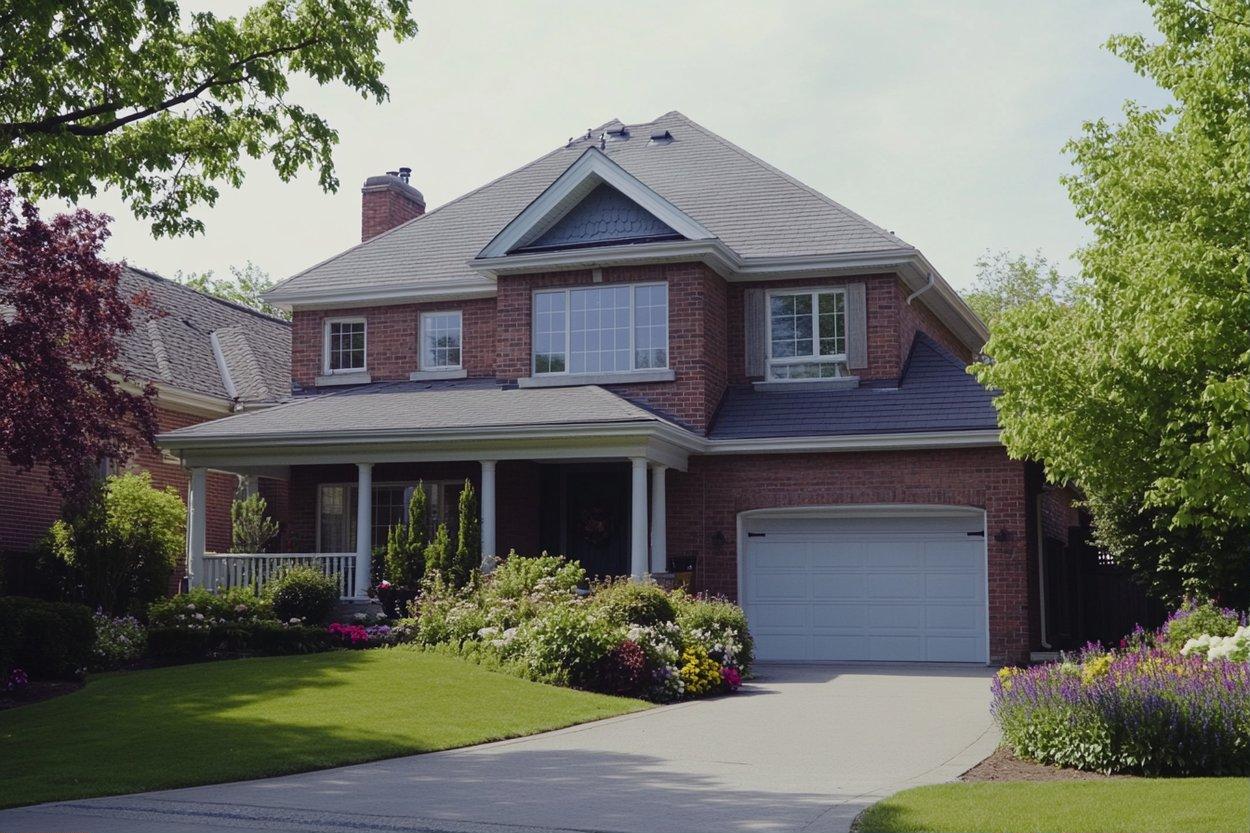Embracing the Whimsical: The Rise of Storybook Architecture in Modern Homes
In a world where cookie-cutter homes dominate suburban landscapes, a charming architectural rebellion is taking root. Storybook architecture, once relegated to fairy tales and theme parks, is making a surprising comeback in residential design. Homeowners are increasingly drawn to the enchanting allure of turrets, crooked chimneys, and exaggerated rooflines, seeking to infuse their living spaces with a touch of magic and individuality.

The Origins of Storybook Charm
Storybook architecture, also known as Fairy Tale or Hansel and Gretel style, first emerged in the 1920s in California. Born from a blend of European influences and Hollywood set design, these homes were a playful response to the more austere styles of the time. Architects like Harry Oliver and Ben Sherwood pioneered the style, creating homes that seemed to defy gravity and logic, much to the delight of residents and passersby.
The style was characterized by exaggerated features: steeply pitched roofs with undulating shingles, turrets and towers, quirky chimneys, and an overall asymmetrical design that gave each home a unique personality. Materials were often chosen to mimic the look of medieval cottages, with stone, brick, and rough-hewn wood being popular choices.
A Modern Resurgence
Fast forward to today, and storybook architecture is experiencing a renaissance. Homeowners, tired of cookie-cutter designs and mass-produced aesthetics, are turning to this whimsical style to express their individuality and create truly one-of-a-kind living spaces.
Modern storybook homes retain the charm of their predecessors but incorporate contemporary amenities and sustainable building practices. Architects are finding innovative ways to blend the fanciful exteriors with open-concept interiors, energy-efficient systems, and smart home technology.
Bringing Fantasy to Life: Key Elements of Storybook Design
Creating a storybook home involves more than just slapping a turret onto a standard house. True storybook architecture incorporates several key elements that work together to create a cohesive and enchanting design:
-
Asymmetry and Irregularity: Storybook homes eschew straight lines and perfect angles in favor of curves, twists, and unexpected turns.
-
Exaggerated Rooflines: Steep pitches, multiple gables, and undulating eaves create a dynamic silhouette that draws the eye upward.
-
Whimsical Windows: Arched, circular, or oddly-shaped windows add character and create interesting plays of light inside the home.
-
Textured Exteriors: Rough-hewn stone, clinker bricks, and hand-troweled stucco give the impression of age and craftsmanship.
-
Enchanting Entryways: Arched doors, often made of heavy wood with wrought iron hardware, serve as portals to the magical world within.
The Psychology of Storybook Homes
The appeal of storybook architecture goes beyond mere aesthetics. Psychologists and design experts suggest that these whimsical homes tap into our innate desire for storytelling and escapism. Living in a storybook house allows homeowners to feel like the protagonists of their own fairy tale, providing a daily dose of wonder and imagination.
Moreover, the unique character of these homes often fosters a stronger emotional connection between residents and their living spaces. This sense of attachment can lead to better care and maintenance of the property, as well as a stronger sense of community in neighborhoods where storybook homes are present.
Challenges and Considerations
While the idea of living in a fairy tale cottage might seem idyllic, there are practical considerations to keep in mind. Storybook homes often require more maintenance due to their complex rooflines and unique features. Finding contractors familiar with the style can be challenging, and repairs may be more costly than those for traditional homes.
Zoning laws and homeowners’ associations can also pose obstacles, as storybook architecture often pushes the boundaries of conventional design. Prospective buyers or builders should research local regulations carefully before embarking on a storybook project.
Sustainability in Storybook Design
Contrary to what one might expect, modern storybook homes can be quite eco-friendly. Many architects are incorporating green building techniques and materials into their designs, proving that sustainability and whimsy can coexist beautifully.
Some eco-friendly features being integrated into storybook homes include:
-
Green roofs that blend seamlessly with the undulating rooflines
-
Reclaimed wood and stone used for exterior textures
-
High-efficiency windows disguised as quaint cottage panes
-
Geothermal heating and cooling systems hidden beneath charming exteriors
The Future of Fairy Tale Living
As the demand for unique, personalized living spaces continues to grow, storybook architecture is poised to play a significant role in shaping the future of residential design. Architects and designers are finding new ways to blend traditional storybook elements with modern aesthetics, creating homes that are both fantastical and functional.
The rise of 3D printing and advanced construction techniques is also opening up new possibilities for creating the complex shapes and textures that define storybook architecture. This technology could make custom storybook homes more accessible and affordable in the coming years.
Embracing Your Inner Child
Storybook architecture invites us to reconnect with our sense of wonder and imagination. In a world that often feels too serious and standardized, these whimsical homes offer a refreshing alternative—a chance to live in a space that brings joy and sparks creativity every day.
Whether you’re considering building a full-fledged storybook home or simply want to incorporate a touch of whimsy into your existing space, the key is to embrace the unexpected and let your imagination run wild. After all, who says grown-ups can’t live happily ever after in their very own fairy tale cottage?





